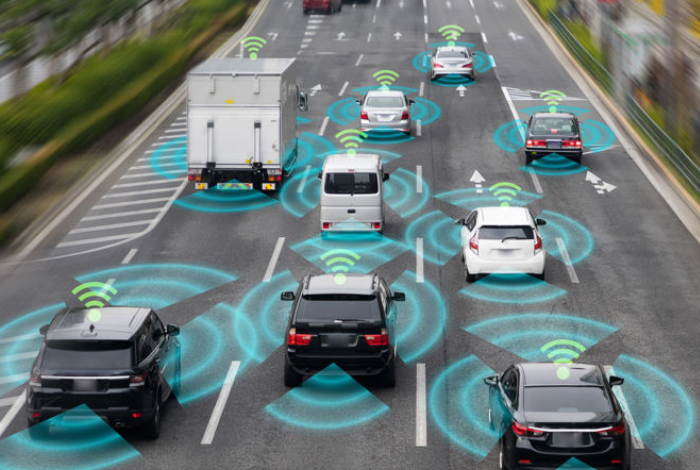The Future of Mobility: Electric and Autonomous Vehicles

In recent years, there has been a surge in interest in autonomous and electrified mobility. Automakers, tech companies, and other stakeholders are investing heavily in the development of electric vehicles and autonomous driving technologies. This blog post will explore the growing popularity of electric vehicles, advances in autonomous vehicle technology, the benefits of autonomous and electrified mobility, the challenges associated with autonomous and electrified mobility, and future opportunities for autonomous and electrified mobility.
The Growing Popularity of Electric Vehicles
Electric vehicles have become increasingly popular in recent years due to their environmental friendliness and cost savings. They are powered by an electric motor and are powered by electricity stored in a battery pack that can be recharged from a variety of sources such as the power grid, solar energy, and wind energy. Electric vehicles are becoming increasingly popular and are being used for transportation, delivery, and leisure activities.
Electric vehicles offer several advantages over traditional gasoline-powered vehicles. They produce zero emissions, making them highly environmentally friendly. They also require fewer trips to the gas station and can run for a long time without needing to be refueled. Electric vehicles are also quieter than gasoline-powered cars, making them more comfortable to drive. Additionally, electric vehicles are cheaper to maintain and operate than gasoline-powered cars, as they require less frequent oil changes, tune-ups, and brake repairs.
Electric vehicles are becoming increasingly popular due to their environmental friendliness, cost savings, and convenience. Governments have also taken steps to promote the use of electric vehicles, such as offering incentives and subsidies. This has helped to make electric vehicles more affordable and accessible to the general public. Additionally, new technologies are being developed to further improve the efficiency and performance of electric vehicles.
Advances in Autonomous Vehicle Technology
Autonomous vehicle technology is advancing rapidly and is expected to revolutionize the transportation industry in the coming years. Autonomous vehicles (AVs) are vehicles that are capable of sensing their environment and navigating without human input. AVs use a variety of sensors, such as radar, lidar, and cameras, to detect objects in their environment and make decisions about how to navigate. This technology has tremendous potential to improve safety, reduce congestion, and increase efficiency.
Benefits of Autonomous and Electrified Mobility
Autonomous and electrified mobility offer a variety of benefits to society. Autonomous vehicles have the potential to reduce traffic congestion, improve safety, and reduce emissions. Electric vehicles can also reduce emissions, as they are powered by electricity rather than gasoline. Additionally, both technologies can improve the efficiency of transportation networks, as AVs can be programmed to optimize routes and EVs can be charged quickly and efficiently.
Challenges with Autonomous and Electrified Mobility
Despite the potential benefits of autonomous and electrified mobility, there are also a number of challenges associated with these technologies. One of the most significant challenges is the cost of AV technology and EV batteries, which can be prohibitively expensive for many consumers. Additionally, there are concerns about cybersecurity, as AVs and EVs rely heavily on computer systems that could be vulnerable to hacking. Finally, there are legal and regulatory issues that need to be addressed before autonomous and electrified mobility can become widespread.
Future Opportunities for Autonomous and Electrified Mobility
Despite the challenges associated with autonomous and electrified mobility, there are also a number of opportunities for the future. As technology continues to advance, there will be more options for consumers and businesses. Autonomous shuttles, ride-sharing services, and EV charging networks will all become more common. Additionally, autonomous and electrified mobility will open up new markets, such as delivery services and autonomous trucks.
Conclusion
Autonomous and electrified mobility are rapidly gaining traction in the transportation industry. EVs are becoming more affordable and accessible, and AV technology is advancing at a rapid pace. Autonomous and electrified mobility offers a variety of benefits, such as improved safety, reduced emissions, and increased efficiency. However, there are also a number of challenges associated with these technologies, such as high costs and cybersecurity concerns. Nevertheless, there are also a number of exciting opportunities for the future, such as autonomous shuttles, EV charging networks, and delivery services. It is an exciting time for autonomous and electrified mobility, and there is much to look forward to in the coming years.




